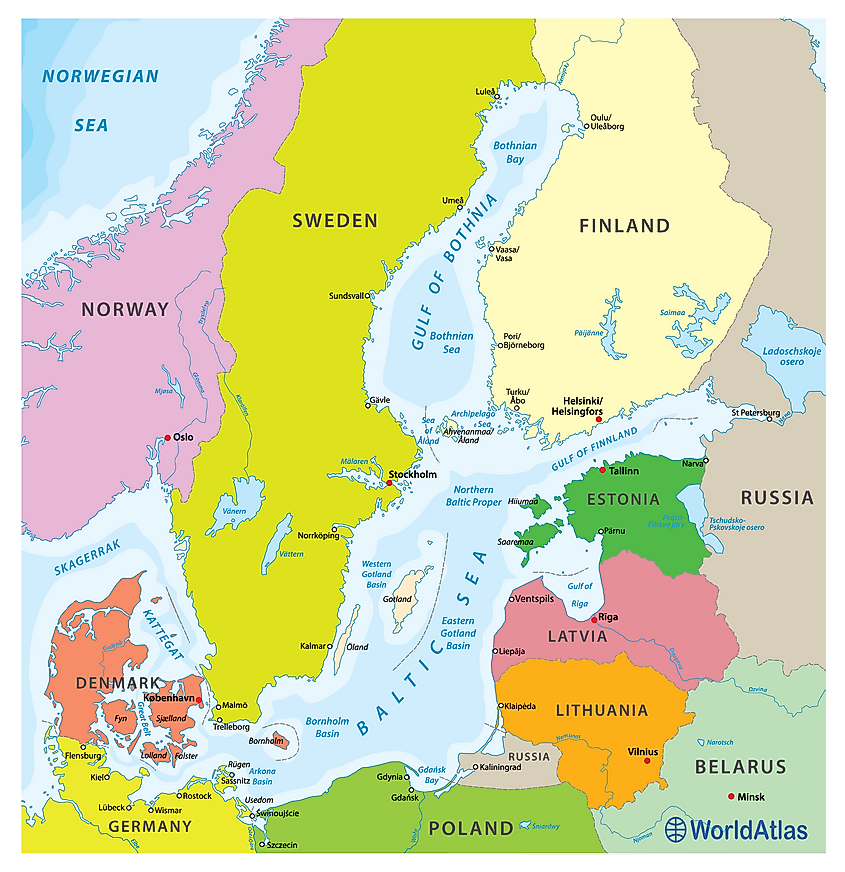Free Courses Sale ends Soon, Get It Now


Free Courses Sale ends Soon, Get It Now



Disclaimer: Copyright infringement not intended.
Context
Scientists accidentally find a mysterious one-km-long wall in Baltic Sea.
Details
Baltic Sea
|
River |
States Sharing the Basin |
|
Neva |
Russia, Finland |
|
Vistula |
Poland (tributaries in Belarus, Ukraine, and Slovakia) |
|
Daugava |
Russia (source), Latvia |
|
Neman |
Belarus (source), Lithuania, Russia |
|
Kemijoki |
Finland, Norway |
|
Oder |
Czech Republic (source), Poland, Germany |
|
Lule älv |
Sweden |
|
Narva |
Russia, Estonia |
|
Torne älv |
Norway (source), Sweden, Finland |
Geology
Sea Ice
Island in Baltic Sea
Major shipyards
Recent news
|
PRACTICE QUESTION Which of the following countries does not share coastline with Baltic Sea?
Answer D |
© 2024 iasgyan. All right reserved